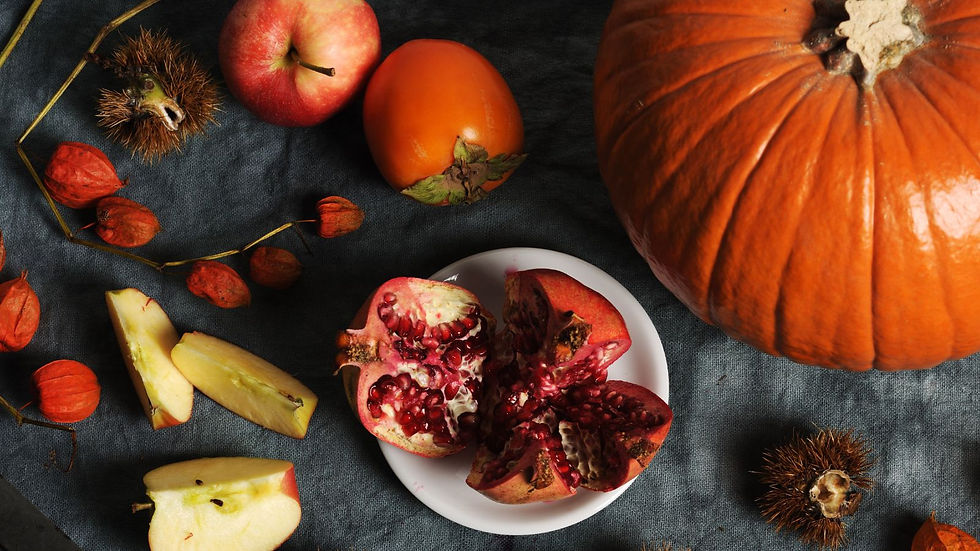Basics for Growing Blueberry
- May 5
- 2 min read
Updated: Aug 20

Berries are my favorite and so in my garden upgrades this spring I just had to add more in! I had a small strawberry patch already and got a new big pot for dwarf raspberry and dwarf blackberry as well as another large pot for 3 blueberry plants to co-exist in.
Blueberry can be challenging for some gardeners and rightfully so- they do require some extra know-how! Without this information- even experienced gardeners like myself can end up with struggling or dead plants!
Here's everything you should know before planting blueberry in your garden!
Soil - Blueberry enjoy acidic soil! The ideal soil pH is 4.5 to 5.5. If planting in ground would want to use a home test kit to find the PH of your soil and amend as needed. you can incorporate pine needles, peat moss or sulfur to add acidity if needed. If growing in a pot, which I recommend for beginners, simply fill your pot with an acidic soil such as this one from G&B. If you use regular potting mix, simply add an amendment to it and mix before planting. I would not recommend using a soil formulated for a veggie garden.
Pollination- Pollination is how plants reproduce, by spreading their pollen between flowers. Some plants, like a lemon tree for example are 'Self-fertile' meaning the one tree can become fertilized by its own pollen. Blueberry, along with several other types of fruit plants, are NOT self-fertile. They need genetic diversity of 2 plants pollen, moves around by bees and butterflies, to achieve a standard harvest. Meaning that if you only plant 1 plant, you may not get many, if any, berries. You should get at least 2 plants of the same general class. For example, my 3 blueberry plants are a part of the southern highbush varieties, meaning they grow into upright plants, these are the most common blueberry used in farms. Check at your local garden center, they should have highbush varieties but they may also have low-bush, sprawling types witch stay shorter.
Fertilizer - Unlike your veggie garden, blueberry plants are not looking for a high spike in nitrogen. I typically use aged steer and rabbit manure in my garden but for blueberry but DO NOT top or mix in any type of manure! It is so rich it will actually kill your plants! Instead use a balanced low-dose fertilizer, preferably one specifically designed for blueberry like this one from 'Down to Earth'.
Sunlight- Blueberry, like other fruit, need a lot of sun for good health and tasty fruit! Find a spot in your yard where there's never (or almost never) shade during any part of the day. Aim for 6-8 hours per day minimum.
Water- Water your young blueberry plants often until they establish good root systems in their new home. For growing in containers or pots water a small amount daily or every other day. For in-ground, after well established, blueberry don't need too much water, 1-2 times a week and a little extra in the moth leading up to harvest for big juicy berries.
I hope this short and sweet guide to growing blueberry inspires you to get some plants for your own garden!








Comments